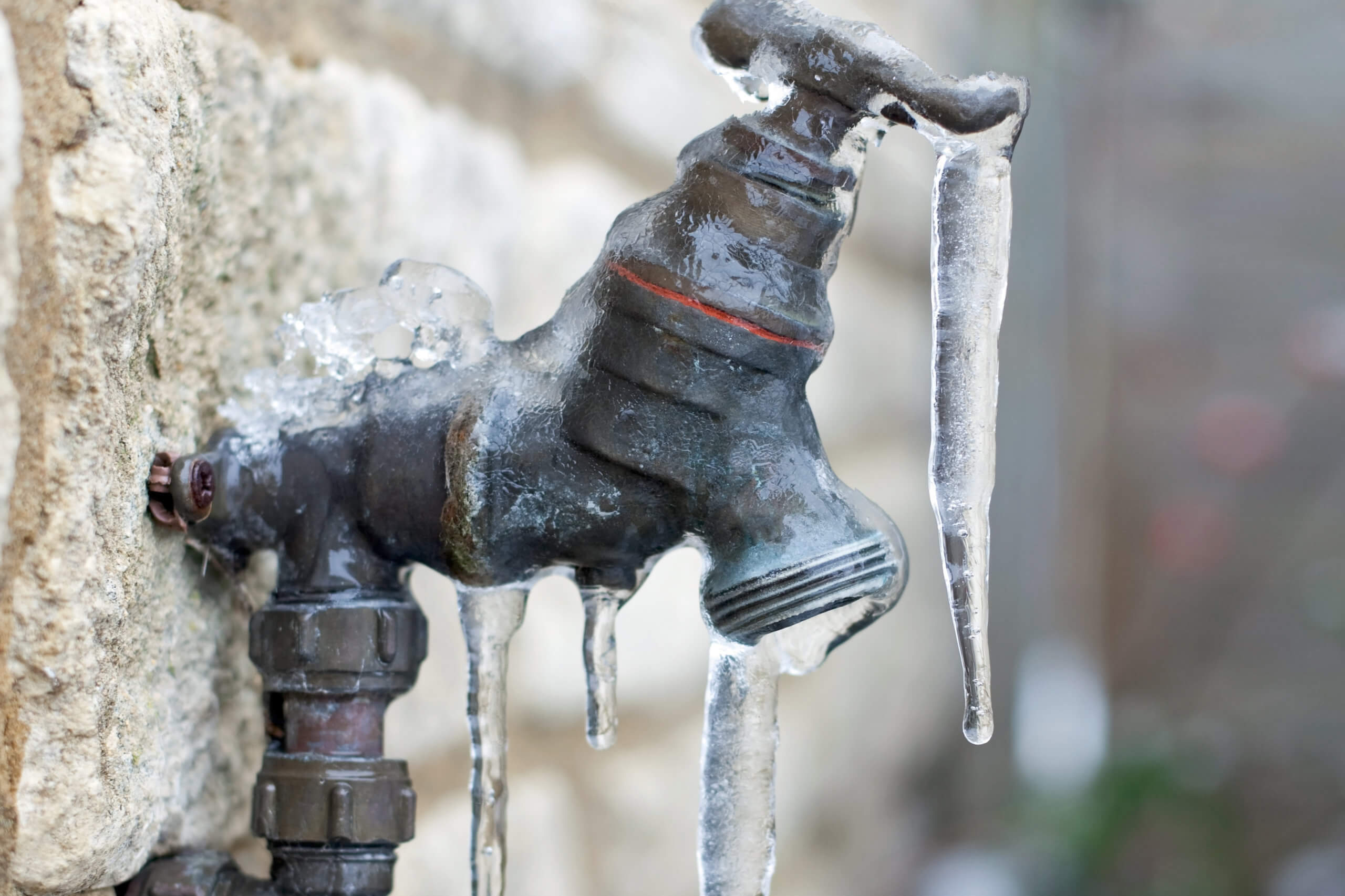Avoiding Frozen Pipes in Cold Weather: Expert Strategies
Avoiding Frozen Pipes in Cold Weather: Expert Strategies
Blog Article
Are you currently looking for insight on How to Prevent Your Pipes From Freezing?

Cold weather can wreak havoc on your pipes, especially by freezing pipes. Here's exactly how to avoid it from taking place and what to do if it does.
Intro
As temperature levels decrease, the danger of icy pipes rises, possibly resulting in expensive repairs and water damages. Comprehending just how to prevent icy pipes is important for homeowners in cool environments.
Avoidance Tips
Shielding prone pipes
Cover pipelines in insulation sleeves or utilize heat tape to shield them from freezing temperature levels. Concentrate on pipes in unheated or exterior locations of the home.
Heating methods
Keep interior rooms effectively heated, especially areas with pipes. Open cupboard doors to allow cozy air to circulate around pipes under sinks.
Exactly how to identify frozen pipelines
Seek reduced water circulation from faucets, uncommon odors or sounds from pipelines, and visible frost on revealed pipes.
Long-Term Solutions
Structural adjustments
Take into consideration rerouting pipelines away from exterior wall surfaces or unheated locations. Add extra insulation to attic rooms, basements, and crawl spaces.
Upgrading insulation
Buy high-quality insulation for pipelines, attic rooms, and wall surfaces. Correct insulation assists maintain regular temperature levels and minimizes the risk of icy pipes.
Shielding Exterior Plumbing
Yard pipes and outdoor faucets
Separate and drain garden pipes prior to wintertime. Mount frost-proof spigots or cover outside taps with insulated caps.
Comprehending Icy Pipelines
What creates pipes to freeze?
Pipes freeze when subjected to temperature levels below 32 ° F (0 ° C) for expanded durations. As water inside the pipelines freezes, it increases, taxing the pipeline walls and potentially causing them to break.
Threats and problems
Frozen pipelines can bring about water disturbances, property damages, and costly repair work. Burst pipes can flooding homes and cause considerable architectural damage.
Signs of Frozen Pipes
Identifying icy pipelines early can avoid them from bursting.
What to Do If Your Pipelines Freeze
Immediate actions to take
If you suspect frozen pipelines, keep taps available to ease stress as the ice thaws. Use a hairdryer or towels soaked in hot water to thaw pipelines slowly.
Conclusion
Avoiding frozen pipes needs positive procedures and quick feedbacks. By recognizing the reasons, indicators, and safety nets, house owners can protect their pipes throughout winter.
5 Ways to Prevent Frozen Pipes
Drain Outdoor Faucets and Disconnect Hoses
First, close the shut-off valve that controls the flow of water in the pipe to your outdoor faucet. Then, head outside to disconnect and drain your hose and open the outdoor faucet to allow the water to completely drain out of the line. Turn off the faucet when done. Finally, head back to the shut-off valve and drain the remaining water inside the pipe into a bucket or container. Additionally, if you have a home irrigation system, you should consider hiring an expert to clear the system of water each year.
Insulate Pipes
One of the best and most cost-effective methods for preventing frozen water pipes is to wrap your pipes with insulation. This is especially important for areas in your home that aren’t exposed to heat, such as an attic. We suggest using foam sleeves, which can typically be found at your local hardware store.
Keep Heat Running at 65
Your pipes are located inside your walls, and the temperature there is much colder than the rest of the house. To prevent your pipes from freezing, The Insurance Information Institute suggests that you keep your home heated to at least 65 degrees, even when traveling. You may want to invest in smart devices that can keep an eye on the temperature in your home while you’re away.
Leave Water Dripping
Moving water — even a small trickle — can prevent ice from forming inside your pipes. When freezing temps are imminent, start a drip of water from all faucets that serve exposed pipes. Leaving a few faucets running will also help relieve pressure inside the pipes and help prevent a rupture if the water inside freezes.
Open Cupboard Doors
Warm your kitchen and bathroom pipes by opening cupboards and vanities. You should also leave your interior doors ajar to help warm air circulate evenly throughout your home.

As a fervent reader about Helpful Tips to Prevent Frozen Pipes this Winter, I thought sharing that piece of content was essential. Sharing is nice. Helping people is fun. Thank you so much for going through it.
Call Today Report this page